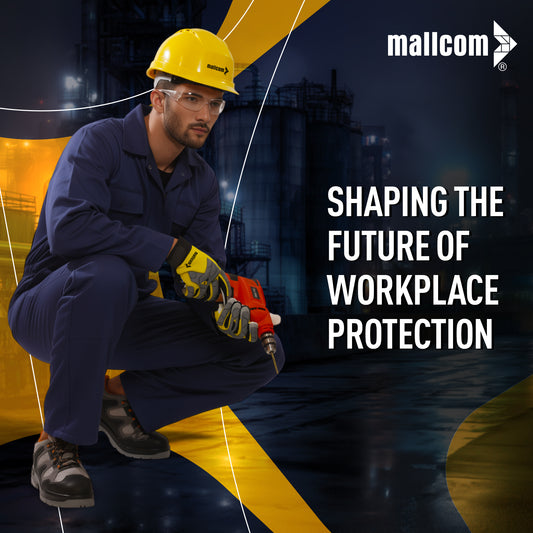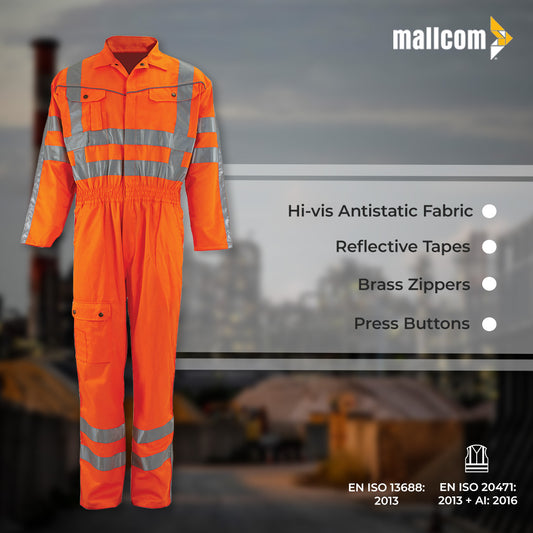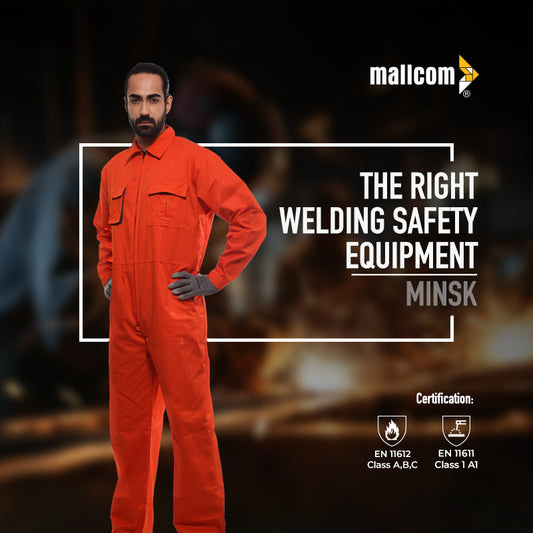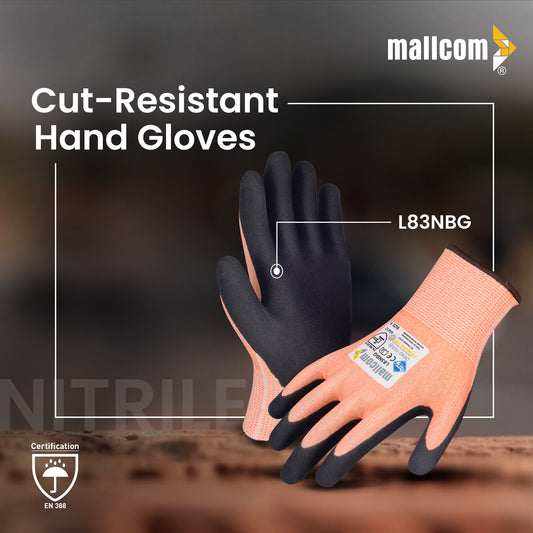In any workplace, safety should always be a top priority. Whether you're in construction, manufacturing, or any other industry, maintaining a safe working environment is crucial for the well-being of your team. A fundamental aspect of industrial safety is the use of Personal Protective Equipment (PPE). However, it's not just about having PPE available; it's equally important to ensure that it's regularly inspected and updated.
Here's why updated industrial PPE is essential in the workplace.
Preventing Accidents and Injuries
Damaged or outdated PPE can compromise its effectiveness in protecting workers from potential hazards. For instance, helmets that are cracked or safety goggles with scratched lenses may fail to provide adequate protection, increasing the risk of head injuries or eye damage. Regular inspection and replacement of such industrial safety equipment can significantly reduce the likelihood of accidents and injuries.
Timely Replacement for Optimal Safety
Identifying the right time to replace PPE is crucial. While replacing industrial safety equipment too frequently can incur unnecessary costs, delaying replacements beyond their effective lifespan can pose serious risks. Establishing clear standards and protocols for inspecting and replacing PPE ensures that worn-out or damaged equipment is promptly replaced, maintaining optimal safety levels without unnecessary expenditure.
Establishing Inspection Protocols
Developing standardized inspection protocols is key to ensuring thorough and consistent evaluation of PPE. Assigning responsibilities for inspection and maintenance, as well as establishing criteria for identifying signs of wear or damage, helps streamline the process. By adhering to these protocols, potential safety hazards can be identified and addressed proactively.
Utilising Grading Systems
Implementing a grading system for PPE can simplify decision-making regarding replacement. By categorizing equipment based on its condition and usability, employees can easily identify when items need to be replaced or repaired. This approach ensures that PPE is consistently maintained at the required standards, enhancing overall workplace safety.
In industries where hazards are inherent, such as construction, manufacturing, or healthcare, relying on outdated PPE can lead to catastrophic consequences. OEM’s understand this urgency and provide a wide array of PPE options, including helmets, goggles, gloves, respiratory protection, and more, tailored to meet the specific needs of each industry.
Staying current with Personal Protective Equipment (PPE) is paramount, especially in bulk industrial safety equipment usage. PPE is not merely about compliance; it's about prioritizing the well-being of workers in diverse work environments. Original Equipment Manufacturers of safety equipment play a pivotal role in ensuring that businesses have access to the latest and most effective gear to protect their workforce.
Here's why staying current with PPE is paramount:
Head Protection
Investing in modern helmets with customizable features such as adjustable harnesses and sweatbands is essential. Ensuring compatibility between different pieces of PPE, like wearing safety hats alongside ear defenders, maximizes protection.
Eye Protection
Given the prevalence of work-related eye injuries worldwide, the importance of safety glasses, welding goggles, and shields cannot be ignored. These items serve as barriers against bright light, infrared radiation, and other hazards.
Hearing Protection
In noisy environments, earplugs may suffice, but ear defenders offer greater convenience and hygiene on shop floors or construction sites. Easy removal and wearability make them a superior choice for protecting against harmful sound levels.
Respiratory Protection
Masks are indispensable when dealing with hazardous materials, ranging from vapours to fine dust particles. Whether it's dust masks for particulate matter or full-face masks for toxic substances, respiratory protection is vital for safeguarding against pollutants.
Hand Protection
Different occupations require specific gloves tailored to the hazards involved, whether it's vibrations, cuts, extreme temperatures, or chemical exposure.
Protective Footwear
From safety shoes for heavy lifting to anti-skid soles for damp environments, the right footwear plays a crucial role in preventing accidents and injuries.
Correct Work Clothing
Appropriate work attire, including high-visibility vests, sturdy pants, and jackets, ensures visibility and protection in crowded or hazardous settings.
In essence, the effectiveness of PPE relies heavily on its relevance and suitability to the tasks and environments at hand. Regular updates and adherence to industry standards are imperative for ensuring optimal safety and minimizing risks in the workplace.
Adhering to Regulatory Guidelines
Following guidelines provided by regulatory authorities such as the Occupational Safety and Health Administration (OSHA)/ EN/ ANSI/ BIS etc ensures compliance with safety standards. These guidelines outline best practices for inspecting, replacing, and maintaining PPE, helping organisations prioritize worker safety and avoid potential legal ramifications.
Adapting to Changing Needs
In the wake of events like the COVID-19 pandemic, the importance of PPE has been underscored. While traditional PPE such as helmets and gloves remain essential, additional measures taken by reputed PPE manufacturers in India may be necessary to address emerging risks. Adapting PPE requirements in response to evolving workplace conditions demonstrates a commitment to employee well-being.
Considering Stationary Equipment
Beyond personal protective gear, stationary equipment such as machinery also requires regular inspection and maintenance, which broadly comes under the purview of Engineering controls. Ensuring that safety features like protective shields are in place and functional minimizes the risk of accidents related to equipment operation.
Creating Awareness and Consistency
Educating employees about the importance of updated PPE and consistently reinforcing safety protocols fosters a culture of safety within the organization. Conducting regular training sessions and providing access to informational resources empowers employees to take ownership of their safety and that of their colleagues.
In conclusion, maintaining updated industrial safety equipment is not just a regulatory requirement; it's a fundamental aspect of ensuring a safe working environment for all. By prioritizing regular inspection, timely replacement, and adherence to established protocols, organizations can mitigate risks, protect their workforce, and promote a culture of safety and well-being.








